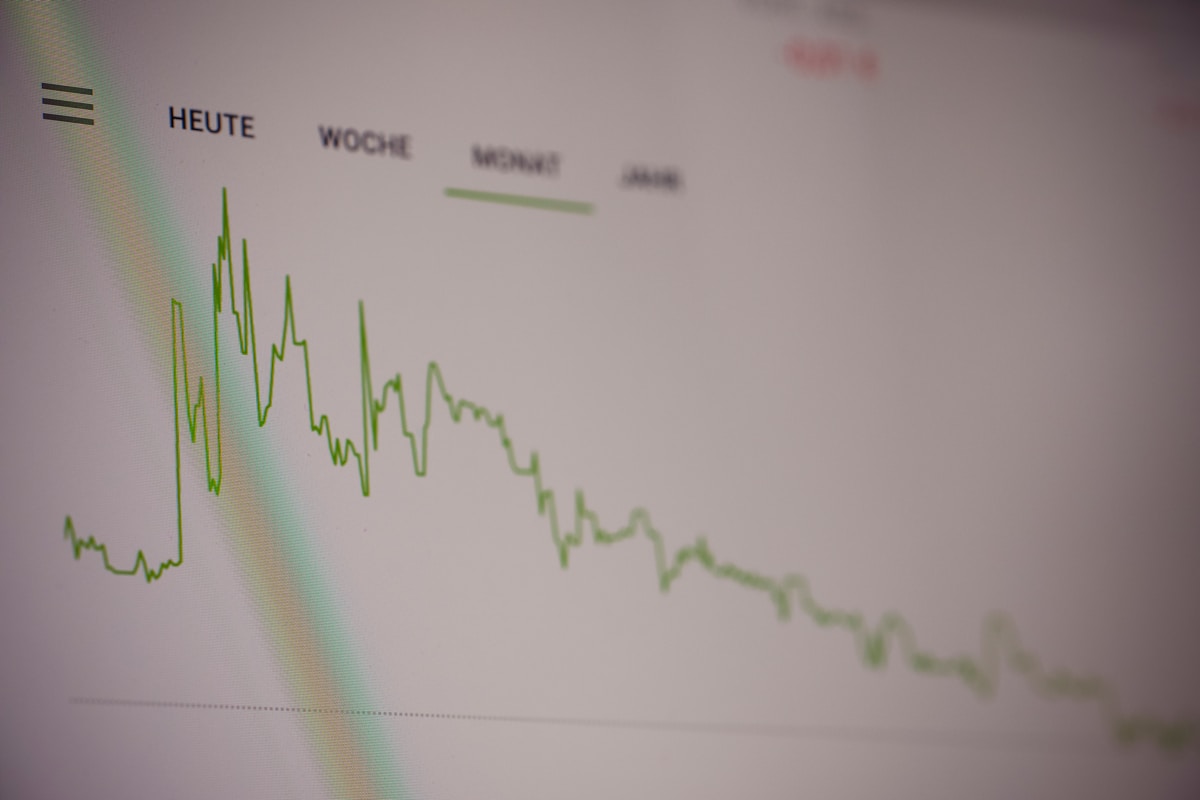Venture Capital Investment Observations

What is Venture Capital Investment?
Venture capital investment—hereon referred to as VC investment—is the highly volatile type of investment that funds early-stage and emerging businesses that are speculated or projected to possess high or rapid growth potential, or mid-stage businesses that evidenced rapid or elevated growth in terms of annual revenue or operations size. It is therefore common practice for early stage businesses to offer ownership stake or production or growth equity in exchange to its investors.
Thus, as venture capitalists, it is necessary to understand that a high volatility market is a high-risk high-reward game that comes with uncertainty and elevated probabilities of failure.
To illustrate the caliber of the market, VCs invested roughly 29.1 billion US dollars in over 3.7 thousand ventures in United States businesses in 2011’s first quarter.
The remainder of the 2010s resulted in gross investments of about 23.4 billion US dollars for over 3.4 ventures on average.
To illustrate the volatility of its market, it is necessary to observe that venture capital fell by 6.5 billion US dollars during 2013’s first quarter (an 11.8% diminishment), and a whopping 20.8% decline in contrast with 2011’s numbers, and in the current year, VC groups have increased investment this year by a total of 2.6 billion US dollars.
The Current State of Venture Capitalism

Transitioning to a global scenario, riding on the observation of volatility in the previous section, in 2018 there was a gross allocation of 254 billion US dollars into 18 thousand new businesses through VC investment, for a total increase of 46% with respect to 2017’s figures, of which 151 billion pertain to United States ventures. The first quarter of the current year saw a 75 billion US dollar allocation for a growth of 6% on Year-Over-Year.
There is evidence that suggests a diminishing interest in Chinese ventures. As expected due to historical cycles, the second and third quarters yielded the most activity, however, a previously unobserved tendency towards early stage and smaller businesses, and an emergence of larger, middle stage investments.
Forecasting for Venture Capitalism
There is an overall perception of VC growth on a global scale, observing that the growth experienced this year will protrude into next year’s market panorama, as it still lingers late in the current year (an uncommon feat during late cycles).
We should be weary, however, that stocks will eventually fall past the sustained growth wave. Observing the S&P index’s value of barely over 3000—a roughly 4% diminishment of its common standing—it is difficult to predict, but other factors indicate the probability of a benign market and a trade deal. Should, or rather, once the uncertainty vanishes from the equation, investment directions should be more clearly defined, accelerating global market growth. It is also necessary to observe that western investment firms such as 2H have a foot on emerging markets from the east, including China and Japan.
Recent years have also revealed an underexploited venture avenue in fintech. The exponentially increasing number of business startups have targeted established, ruling institutions, through intricate and outdated processes with user-unfriendly interfaces, e.g. personal finance, consumer loaning, and insurtech. The reality is that in 2018, 1.3 thousand venture investments—with a value of 15 billion US dollars—emerged sourced through fintech. Notable fintech opportunities that are highly recommended include General Catalyst, Bain Capital Ventures, Andreessen Horowitz, Bessemer Venture Partners, and Greycroft.
Additionally, the aforementioned Bessemer Venture Partners are currently observing fintech for the aging population.
The aging population in the United States is numerous and increasing in ratio, seeing increments of over 10 thousand of the Boomer generation engage in retirement daily—there are over 50 million people in retirement residing in the US, estimating a growth of roughly 22 million by the year of 2035. Said population demographics’ effect on the US economy is disproportionate to its size: the Baby Boomer population commands 2.4 trillion dollars in terms of purchase power, accounting for 50% of retiree consumer spending in the US. Additionally, Baby Boomers, combining both retired and active, are in possession of 83% of investable assets, i.e. nearly 35 trillion US dollars.
US-Specific Observations

The United States’ West Coast retains VC dominance in the United States VC market. In fact, it also hoards 58% of the market’s VC investments, a giant leap from its already monolithic 48% from the previous year. Moreover, whereas the Mid-Atlantic section experienced a growth to up to 30%, it also experienced a dive of 17% that hit the larger market, which left the West Coast unaffected. It is therefore, recommendable experience gambling with the West Coast VC sector.
Software, a VC favorite, and for many years the most popular recipient for investment, still the highest in terms of choice, has not dipped below 40% in terms of market share. That is, deals on Software development (due to saturation and decreased profitability) are softly but steadily declining. There are instances such as UiPath’s failure in 2018 that have prompted a feeling of uncertainty in investors
An increase in costly care and treatment for chronic health issues, paired with a consistent increase in healthcare cost of operations have provided the healthcare sector steady growth throughout recent years. Already packing 4.7 billion US dollars for VC during the third quarter of the cycle this year, it is underway to exceed the record high established in 2018.
This growth also ties back with the aforementioned acknowledgement of the relatively aging population in the United States, it is necessary to acknowledge as well that as the population’s average lifespan also increases, the increase in healthcare costs is biting into retirement funds. This further increases the relevance of fintech and insurtech, as they have a symbiotic relationship with the growth of the healthcare sector.
Written by Wenxin Hong & Elizabeth Gumm